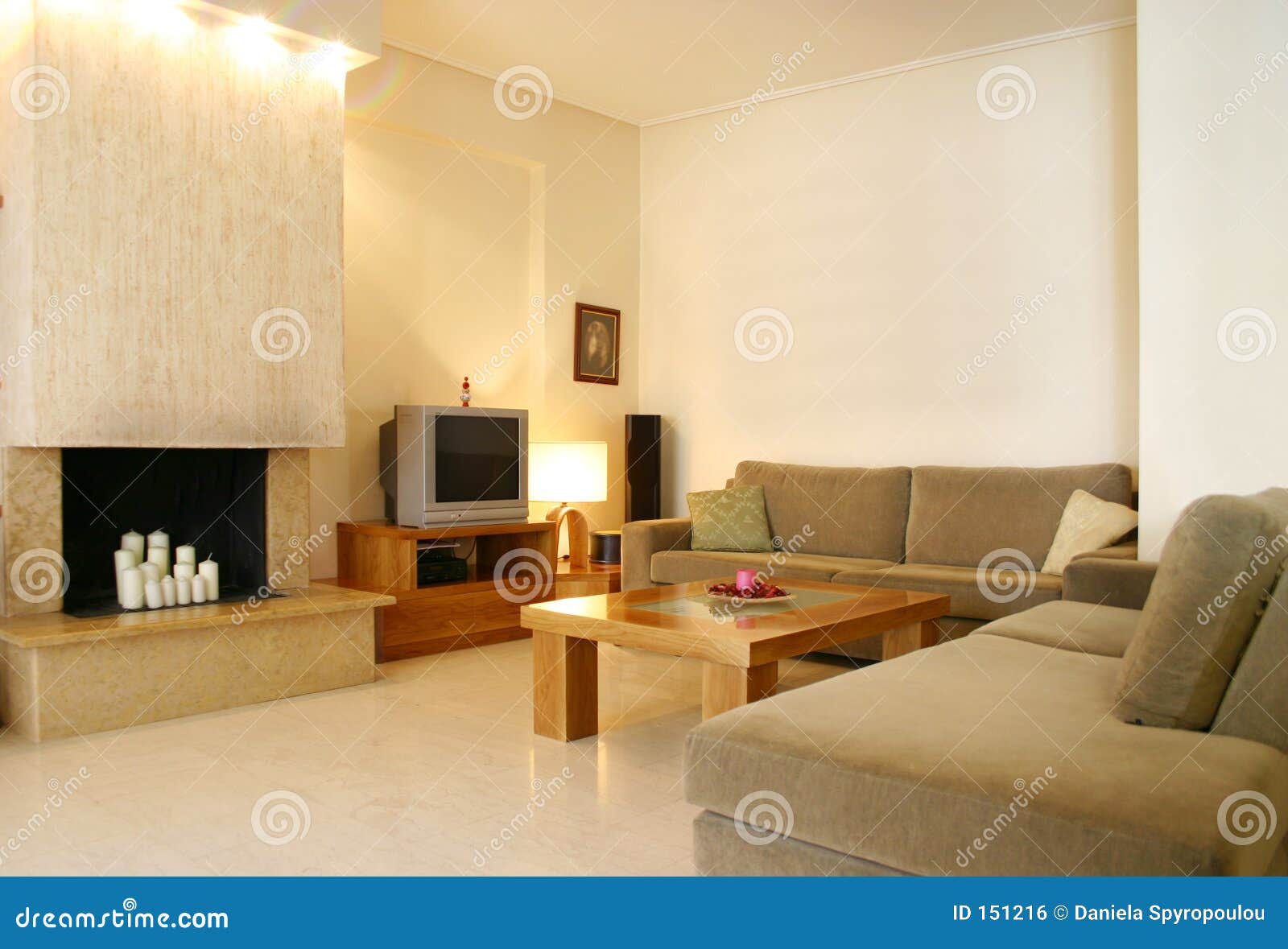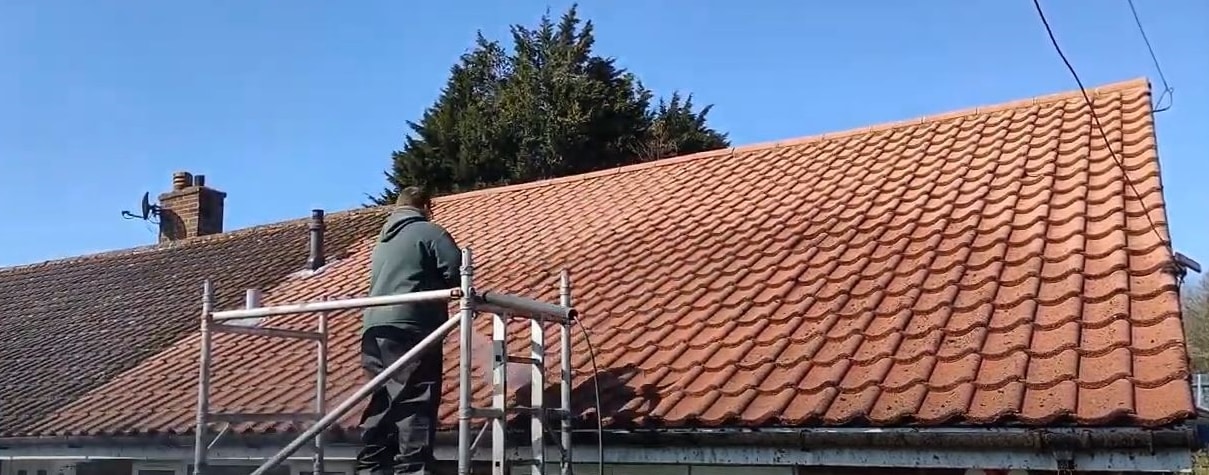Annabel Karim Kassar reconstructs traditional Lebanese home in the V&A
3 min read
At the entrance to the V&A’s architecture collection, an impressive Ottoman-Venetian triple-arched facade almost pushes against the museum’s ceiling. Standing 5 metres tall, this piece of a Lebanese home from the historic quarter of Gemmayzeh is partly transplanted and partly crafted in-situ by Beiruti artisans. The vision and logistical feat was orchestrated by architect, Annabel Karim Kassar, founder of AKK Architects.
While the 1:1 scale facade dominates the often-overlooked lobby to the architecture gallery, the peripheries of this exhibition are tenderly imbued with decorative detail, bringing a sense of Lebanese domesticity to the space. A large divan, clothed in Lebanese textiles holds a William Morris patterned cushion amongst its ranks; a nod to the Arts and Crafts parallels within AKK’s work, and the exhibition’s location within this Victorian temple of craft and design.
Established in 1994, Kassar’s practice was born from the aftermath of the civil war which tore through Lebanon from 1975 to 1990. During the subsequent building boom, swathes of 19th century buildings which framed everyday life in Beirut were replaced by ubiquitous concrete blocks in the name of economic progress. After the devastating industrial explosion in the port of Beirut in 2020, which killed over 200 people, displaced at least 300,000 and saw 80,000 homes damaged, the status of Lebanon’s built heritage became even more pertinent.
Some may question the pragmatism of investing in expensive and painstaking conservation works in a post-disaster context. However, AKK are part of a charge led by civil society to repair the old city, restoring traditional houses and bringing them back into use.
A group of heritage experts, engineers, contractors and architects including AKK, set up the ‘Beirut Built Heritage Rescue’ initiative in response to the explosion. Volunteering in spite of the government’s failure to enact a reconstruction programme, this effort to restore the city’s cultural heritage is a powerful act of mutual care and collective healing. As a team, they tackle complex technical challenges with a shared mission ‘not to leave any trace of the bitter memory of the explosion’.
‘Restoration is not about recreating a synthetic history but about finding a new, living purpose for traditional buildings’
This exhibition not only draws international attention to the ongoing impact of the 2020 explosion, which only momentarily occupied UK news channels in the height of the COVID-19 pandemic, Kassar also “seeks to express important lessons in urban restoration and renovation that can be applied elsewhere”. Had AKK architects not carried out initial reinforcement works prior to the explosion, the original Lebanese House would have been lost or damaged beyond repair.
The masonry blocks, marble columns, timber windows and clay floor tiles were shipped from the original house, accompanied by a dedicated team of artisans including a master stonemason, carpenter, traditional mattress maker and upholsterer. The material authenticity of the exhibition is an extension of Kassar’s commitment to supporting artisanal craft and local knowledge. Even the bolts holding the timber scaffolding together were procured from Beirut and the builders’ pencil marks which denote the exact position of each masonry block are proudly present.
‘The Lebanese House: Saving a Home, Saving a City’ is part of the London Festival of Architecture, under this year’s theme ‘Act’. The installation is a touchstone of the body of ‘action-research’ and building, amassed over 28 years of practice. Documentaries in the exhibition by directors Wissam Charaf and Florence Strauss, invite us to engage with the physical and psychological traumas of war and the destruction of the built environment. The emotional stories of human resilience show us what drives our connection to heritage and place, and Kassar reminds us that “restoration is not about recreating a synthetic history but about finding a new, living purpose for traditional buildings.”
The Lebanese House: saving a home; saving a city is at the V&A until 21st August.
Shamiso Oneka is a Public Practice alumnus currently working as an urban designer for the London Borough of Haringey. She teaches at Central Saint Martins and the Cambridge School of Art, and is part of the New Architecture Writers ’22 cohort







.jpg)